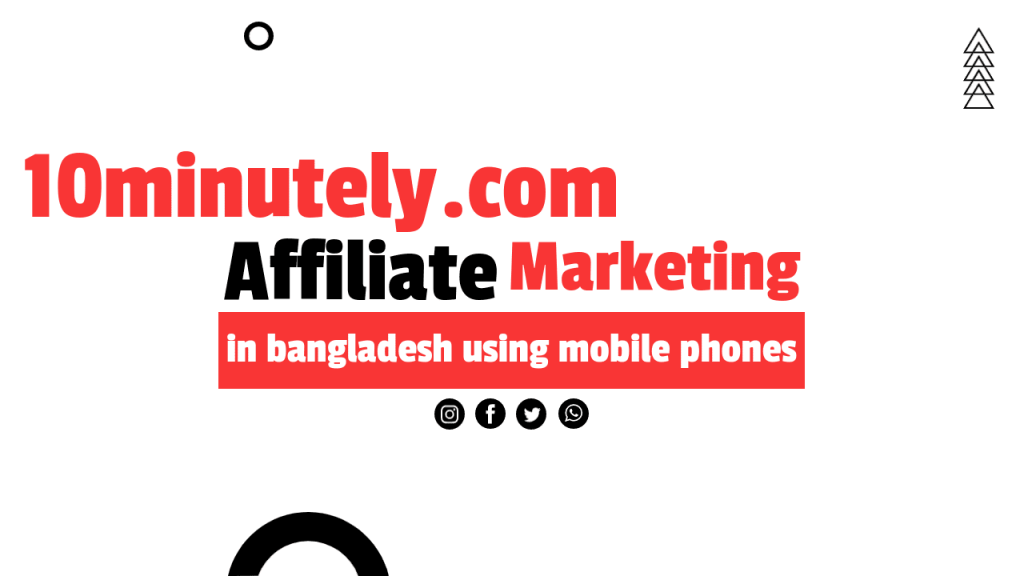Every hiring leader knows the pain of filling a role twice. You invest in sourcing, interviews, and onboarding, only to see the new hire leave before their first appraisal cycle. It’s like pouring water into a leaky bucket: you can’t stay full if you don’t fix the holes.
That’s why the best staffing solution today is all about keeping talent longer. Recruitment fills positions, but retention builds momentum. Firms that understand this shift have moved from being vendors to becoming strategic partners, helping clients sustain performance, not just headcount.
Because in a market where skills are scarce and loyalty is fleeting, retention is a competitive advantage.
The Fallacy of “Hire Fast, Any Fit Will Do”
Recruitment is like planting saplings; retention is nurturing them so they flourish. You can plant hundreds, but if no one waters them, most will wilt. Similarly, recruiting dozens of “fits” but failing to keep them is wasted effort and reputational risk.
Many staffing firms still sell on volume, speed, and “time to fill.” But filling slots doesn’t guarantee performance, culture fit, or longevity. Worse, a high turnover rate reflects poorly on the staffing partner and the client organization alike. Think about this: if 30 % of placed roles churn in six months, your “win rate” is illusory.
Deloitte estimates that turning over a single employee (salary ~$130K) can incur costs of ~ US$109,676 once recruiting, training, and lost productivity are included, making retention investments a compelling hedge.
So, the question isn’t whether you can deliver people, but how well you deliver people who last.
Why Focusing on Retention Is a Strategic Differentiator
1. It aligns your incentives with clients’ long-term success
When you compete on recruitment speed, your incentive is front-loaded; you win by making placements. But when you commit to helping clients retain talent, your metrics shift: quality, longevity, engagement, not volume. That alignment turns you from vendor to partner.
2. It improves your employer brand and candidate flow
Staff placed via a firm that offers post-placement support talk. Word spreads. That reputation helps attract better candidates, reduce sourcing friction, and command premium fees.
3. It drives deeper business intelligence and forecasting
To help with retention, you need insight into turnover triggers: managerial behavior, team culture, reward systems, career pathways. This intelligence loops back into your sourcing models, you become smarter about which talent to place where.
4. It reduces downstream recruitment costs
Every churn triggers rehiring, training, productivity lags, and cultural disruption. A staffing partner that prevents churn saves true dollars, and that value compounds over time.
How a Staffing Partner Can Embed Retention Focus
Shifting to retention-centric staffing isn’t trivial. Here are practical levers that work in the field.
Pre-placement calibration and candidate screening
- Deep cultural diagnosis
Before placing a candidate, invest in understanding the client’s culture, management style, workflows, and friction points apart from role specs. - Behavioral and resilience profiling
Beyond technical skills, assess candidates for adaptability, stress tolerance, and growth orientation. Java skill tests are easy; culture endurance is harder. - Transparent expectations contract
Clearly articulate role expectations, success metrics, day-to-day realities to candidate and client alike, so surprises don’t derail retention.
Onboarding and early integration support
- “First 90-day guardrails”
Post-placement check-ins at Week 1, Week 4, Week 12 to surface issues early: team dynamics, expectations mismatch, missing resources. - Buddy or adaptation mentoring
Pair new hires with mentors (internal team or peer) to smooth the cultural and process acclimation. - Rapid-feedback loops with client
Maintain tight communication between your staffing consultants, client managers, and the placed employee and resolve issues before they escalate.
Continuous engagement and development
- Pulse surveys and engagement signals
Send periodic micro-surveys to placed professionals: “How’s your workload? Support? Culture alignment?” Use flags to intervene. - Upskilling and cross-training opportunities
Offer optional training or micro-courses relevant to their roles. It signals long-term investment. - Career pathing check points
Twice-a-year reviews that map where the role could lead, even if that leads beyond the client’s site. (Yes, retain trust by being honest.)
Exit-prevention analytics and retention interventions
- Attrition modeling
Use data on tenure, performance, feedback responses to forecast churn risk. - Intervention triggers
If someone signals dissatisfaction, deploy stay interviews, adjust assignments, or moderate workloads. - Root-cause learning loops
For every exit, perform a structured “why did you leave?” to feed insights into your future placements.
Conclusion: Retention as Your Competitive Moat
If you accept one principle from this piece, let it be this: retention is the moat around your staffing castle. Recruitment is the drawbridge: essential, visible, but vulnerable. Without the moat (retention focus), you’re exposed to turnover, client dissatisfaction, margin erosion, and reputational decay.
To transform your staffing model, begin by auditing your placements from the past 12 months:
- Which hires left early and why?
- What common patterns emerge (manager mismatch, unclear role, cultural friction)?
- Which segments (industries, roles) show the highest churn?
Then build a retention roadmap: choose one or two retention levers (e.g. onboarding support, pulse feedback loops) to pilot. Measure impact. Iterate. Scale the highest-impact levers.
At the same time, reframe how you sell: talk less about “fills per month” and more about “sustained success metrics” (e.g. six-month retention, productivity ramp, net promoter from candidates). Retention becomes a differentiator, not an afterthought.
In doing so, you stop being just another recruiter and become a strategic partner, one trusted to deliver not only talent, but persistence, performance, and continuity. That’s how the best staffing firms win, by the quality and durability of placements.


